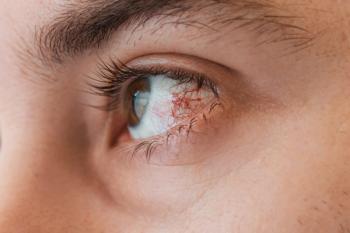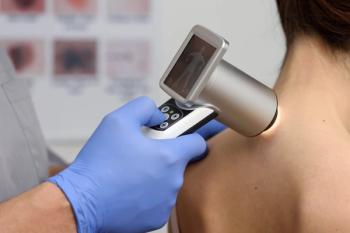
The Need for Continuous Monitoring in Today’s Healthcare System
Physicians and care professionals have vast archives of medical knowledge at their fingertips and a multitude of devices at their disposal such as AI and machine learning to improve patient care and outcomes. However, patient monitoring is still one crucial aspect of patient care that has yet to undergo a technological renaissance.
Doctors, nurses, and all health practitioners alike carry a tremendous burden on their shoulders. They are tasked with the great responsibility of keeping patients healthy and safe. This is an ancient responsibility, dating back to the 5th century when Hippocrates, a Greek physician, first instituted the
Today, physicians and care professionals have vast archives of medical knowledge at their fingertips and a multitude of devices at their disposal. Many of these modern devices and technologies have been dubbed “smart” and use AI and machine learning to improve patient care and outcomes. However, there is still one crucial aspect of patient care that has yet to undergo a technological renaissance: patient monitoring.
An estimated 65% of hospital patients and over 90% of post-acute care patients are “spot-checked” today. This means health staff are manually checking patients once every four to eight hours for key vital signs parameters and patient-specific issues.
Related:
According to the U.S. Code of Federal Regulations clause
For the average medical/surgery unit patient, the only time they will be continuously monitored is during and immediately following an emergency admission or surgery. Let’s take a typical knee replacement surgery as an example. An elderly patient gets wheeled into the operating room to be greeted by an orthopedic surgeon, an anesthesiologist, and multiple nurses. The patient to staff ratio is clearly in favor of the patient, an estimated 4:1, at least. Post operation, the patient is then taken to the post-anesthesia care unit (PACU) and put under careful watch by nurses, and even a floating anesthesiologist, for a few hours in a recommended 1:2 (estimated) patient to staff ratio. In both the operating room and PACU, the patient is monitored on a continuous basis.
After that, the patient is taken to the general care unit, where that once strong patient to health staff ratio is significantly reduced to 1:6 patient to staff ratio (estimated). Post-anesthesia, there can be some lingering temporary nerve issues which, for example, decrease a patient’s sensation to urinate. So, if after the surgery the elderly patient decides to get out of bed and head to the restroom and falls, alarmingly, many current fall prevention solutions only notify the caregiver after the patient is already out of bed, which in our scenario would be too late. With lower staff ratios, and potentially unstable patients, having advanced warning of a potential bed exit becomes critical.
This example can be applied to all healthcare environments and is also exacerbated by the encroaching “
Embracing Continuous Monitoring Technology
For these reasons, it’s time for health facilities to embrace new patient monitoring technologies to support them in caring for patients. Continuous patient monitors specifically allow health teams to track key patient vitals including heart rate, respiratory rate, and movement in real time, providing a complete picture of patient health. Continuous patient data also allows health practitioners to track baseline changes in individual patient care journeys, helping doctors and nurses better analyze and detect new opportunities for effective intervention. In fact, continuous monitoring has been proven to help reduce code blue events by 86%, patient falls by 47%, and hospital readmissions by 19%. Over the last decade, hundreds of health facilities have adopted continuous monitoring, yet many more could benefit greatly from this technology.
A unique example of continuous monitoring at work occurred earlier this year in a U.S. hospital in New York. A woman was recovering from surgery in the general surgical unit when at dinner, she started to choke on mashed potatoes. Luckily, the patient’s bed was equipped with a contact-free continuous monitoring sensor, which picked up on a faltering respiratory rate and immediately alerted the nursing staff. The staff rushed to the patient and were thankfully able to save her.
Similarly, applying this to the previous knee surgery patient example, had they too been connected to a continuous monitor, a nurse could have been automatically alerted to the patient’s movement, and gotten into the room before the patient was out of bed, thus preventing a fall.
In the U.S. alone,
The modern Hippocratic Oath states, “I will apply, for the benefit of the sick, all measures [that] are required.” The time is now to empower our health practitioners with the tools and measures necessary for them to fulfill their oaths.
Tim O’Malley, is president and chief growth officer of
Newsletter
Get the latest industry news, event updates, and more from Managed healthcare Executive.






















































